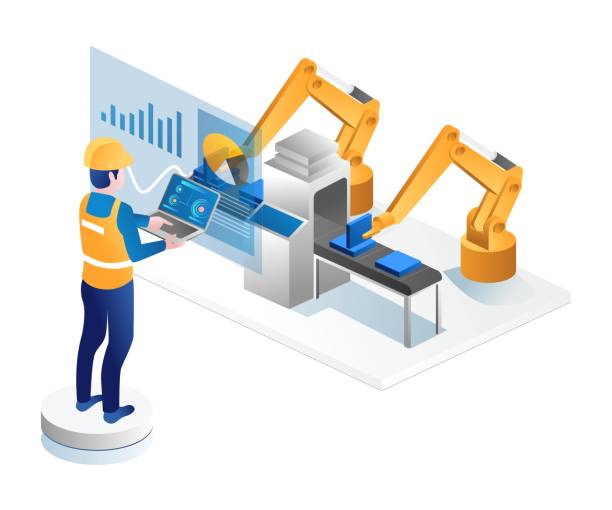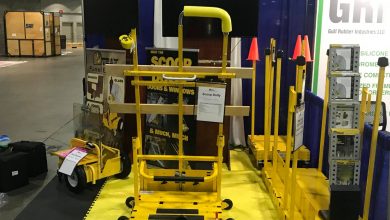Introduction
In the realm of modern manufacturing, Computer Numerical Control (CNC) machines reign supreme, serving as the backbone of precision engineering across industries. These marvels of automation have revolutionized production processes, enabling manufacturers to achieve levels of accuracy and efficiency once deemed unattainable. However, to maintain their impeccable performance and ensure longevity, CNC machines require diligent servicing and maintenance. In this comprehensive guide, we embark on a journey to unravel the intricacies of CNC servicing, exploring its significance, methodologies, and the key to unlocking the full potential of these cutting-edge systems.
Understanding CNC Servicing
At its core, CNC servicing encompasses a multifaceted approach to maintaining and optimizing the functionality of CNC machines. Unlike routine maintenance tasks that focus on immediate repairs or replacements, servicing delves deeper into the intricate workings of these sophisticated systems. It involves a meticulous examination of various components, diagnostic analyses, calibration procedures, and preventive measures aimed at preserving machine integrity and performance.
The Art of Diagnostic Evaluation
The journey of CNC servicing begins with a comprehensive diagnostic evaluation, wherein technicians meticulously scrutinize every aspect of the machine’s functionality. Through a combination of visual inspections, performance tests, and data analysis, they identify existing issues, potential areas of concern, and deviations from optimal performance. This diagnostic process serves as the foundation upon which the servicing strategy is built, guiding technicians in addressing specific challenges and fine-tuning machine parameters to achieve peak performance.
Precision Calibration: The Key to Accuracy
Central to CNC machining is the pursuit of precision—a feat made possible through meticulous calibration of machine components. During servicing, technicians meticulously adjust and fine-tune motors, drives, and controllers to ensure seamless coordination and precise execution of commands. By eliminating deviations and discrepancies, calibration enhances the accuracy and repeatability of machining operations, enabling manufacturers to produce components with unparalleled precision and consistency.
Lubrication and Maintenance: Nurturing Machine Health
Just as the human body requires care and nourishment to thrive, CNC machines rely on regular lubrication and maintenance to maintain optimal functionality. Lubrication serves as a vital safeguard against friction and wear, ensuring smooth operation and longevity of critical components. Additionally, maintenance tasks such as cleaning, inspection, and replacement of worn-out parts help mitigate potential issues and prevent costly breakdowns. By nurturing the health of CNC machines, technicians pave the way for uninterrupted operation and sustained performance excellence.
Embracing Technological Advancements
In the ever-evolving landscape of manufacturing technology, CNC servicing has evolved to embrace the latest advancements and innovations. Predictive maintenance algorithms, remote monitoring systems, and real-time analytics are revolutionizing the way technicians approach machine care. Predictive maintenance leverages the power of data analytics and machine learning to forecast potential issues before they escalate, enabling proactive interventions and minimizing downtime. Similarly, remote monitoring systems provide technicians with real-time insights into machine performance, facilitating timely troubleshooting and optimization.
The Significance of CNC Servicing
Beyond the realm of routine maintenance, CNC servicing holds profound significance for manufacturers seeking to maximize productivity, preserve quality, and achieve operational excellence.
Maximizing Productivity
In today’s competitive manufacturing landscape, every minute counts. CNC servicing plays a pivotal role in maximizing productivity by minimizing downtime, optimizing performance, and ensuring uninterrupted operation. By preemptively addressing issues and fine-tuning machine parameters, technicians empower manufacturers to meet production targets with precision and efficiency.
Preserving Quality and Precision
Quality is non-negotiable in CNC machining, where even the slightest deviation can have profound implications. Servicing safeguards quality by maintaining optimal machine functionality and performance. Through meticulous calibration, lubrication, and maintenance, technicians uphold the integrity of critical components, ensuring that every cut, contour, and dimension meets exacting standards.
Enhancing Reliability and Longevity
Reliability is the cornerstone of manufacturing operations, underpinning customer trust and satisfaction. CNC servicing enhances this reliability by fortifying the machine’s resilience and longevity. Through proactive maintenance and preventive measures, technicians preemptively address wear-related issues, mitigate potential failures, and fortify vulnerable components. By nurturing the machine’s health and vitality, CNC servicing extends its lifespan, enabling manufacturers to reap the rewards of their investment for years to come.
Conclusion
In conclusion, CNC servicing represents a holistic approach to maintaining and optimizing the performance of these sophisticated machines. From diagnostic evaluations to precision calibration, lubrication to preventive maintenance, each aspect of servicing plays a crucial role in ensuring machine integrity and longevity. By embracing technological advancements and adhering to best practices, manufacturers can unlock the full potential of their CNC machines, driving productivity, quality, and innovation in the ever-evolving landscape of modern manufacturing.





